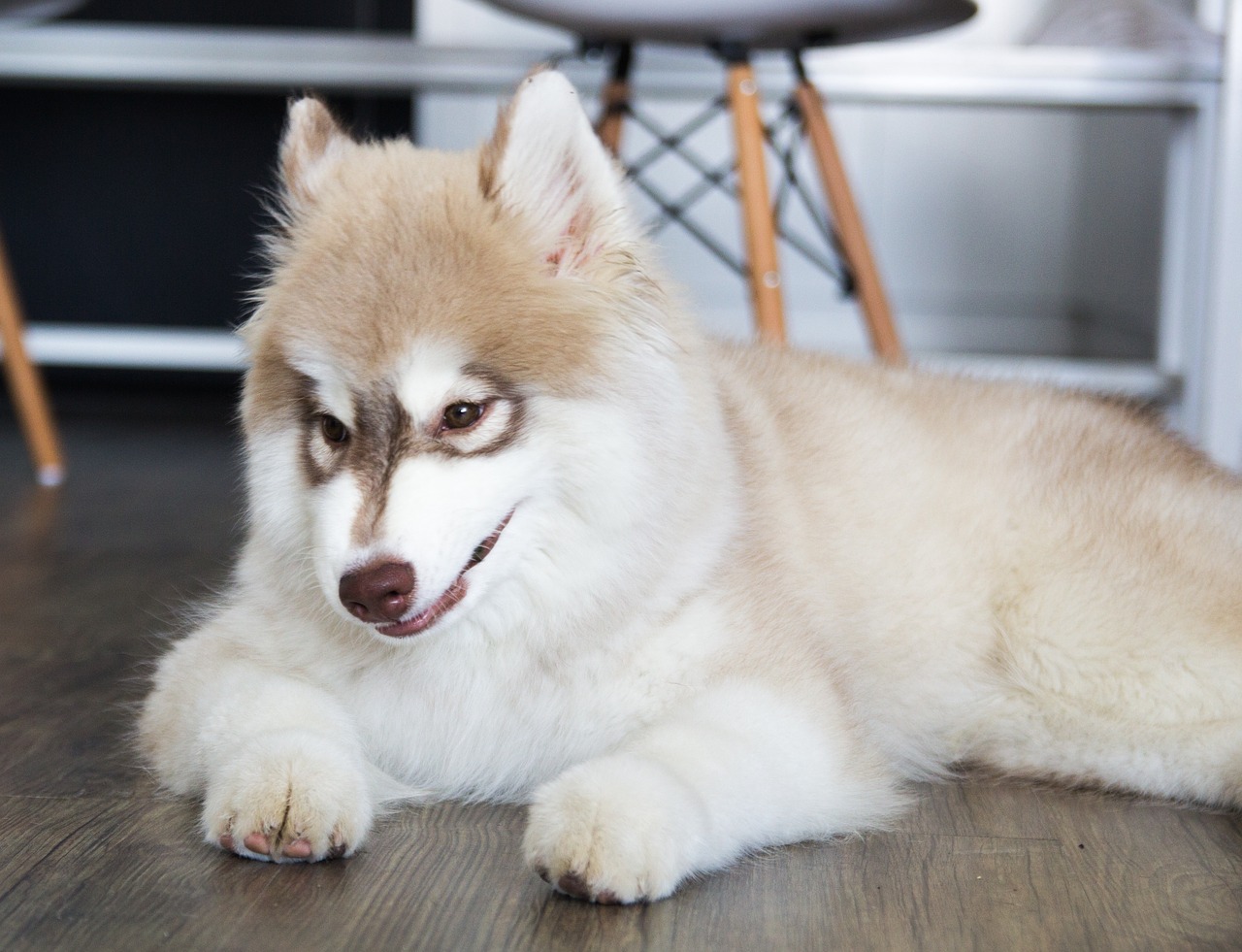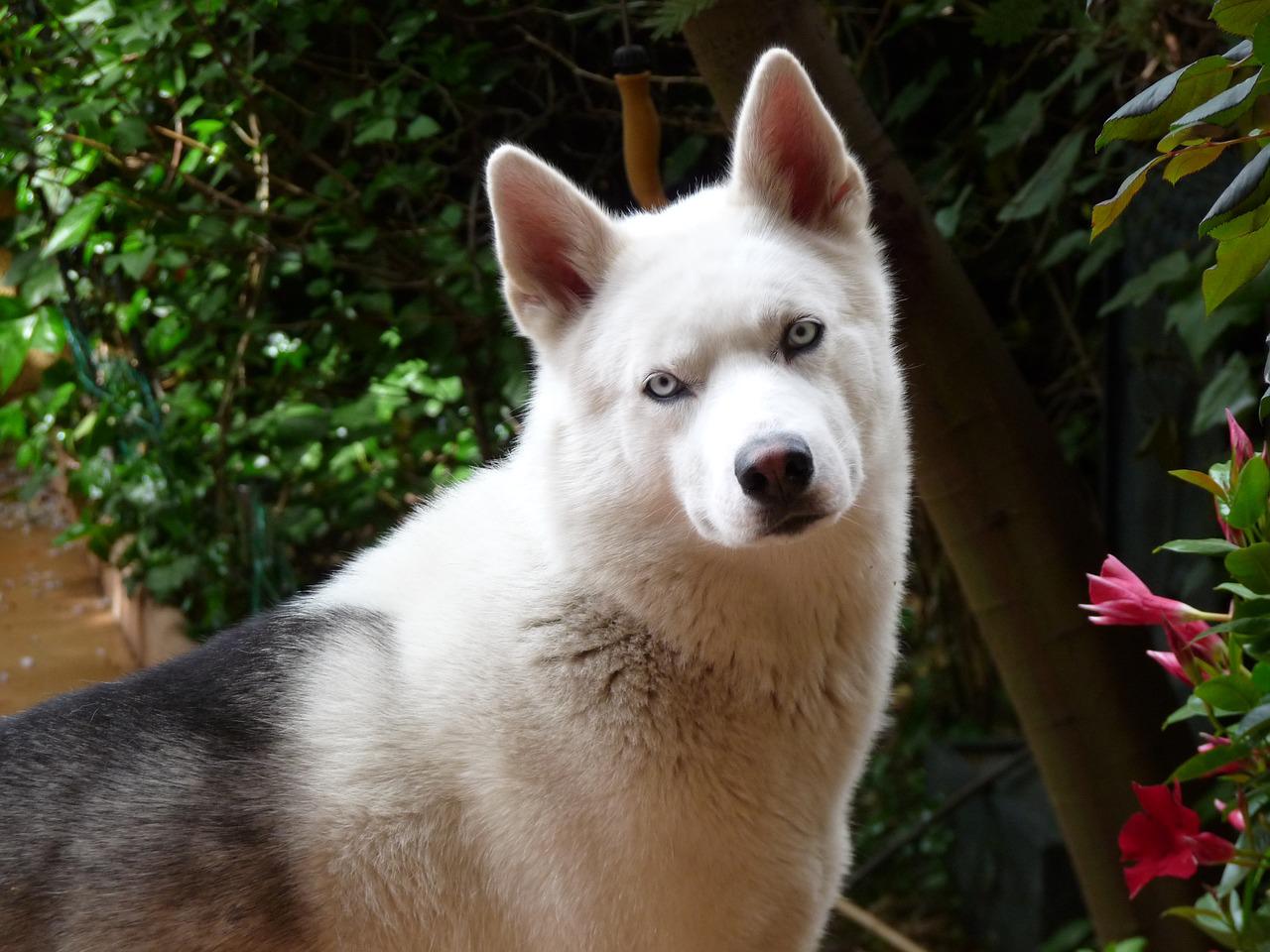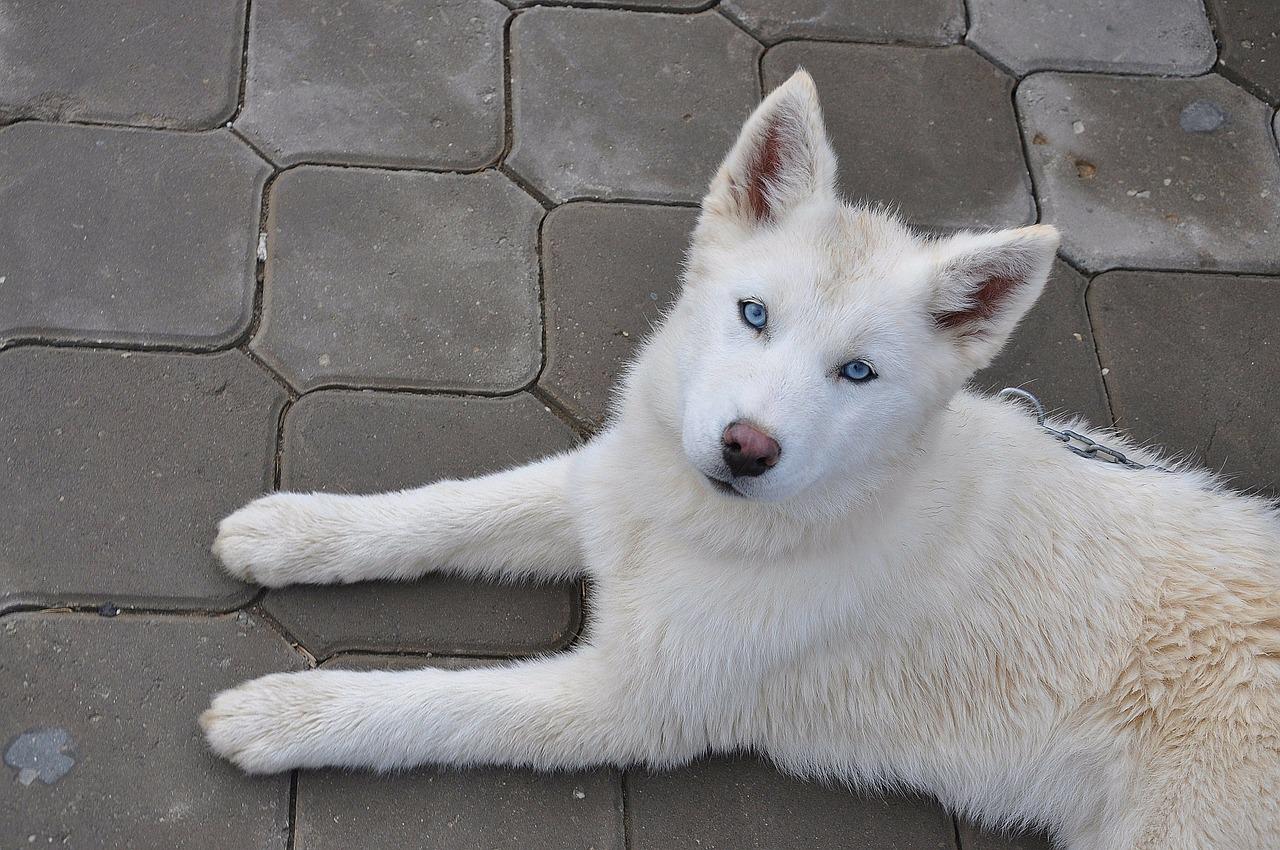To answer the question, “How big do Akita Inu dogs get?”, we will first look at the size chart. Then we’ll discuss grooming habits and other factors that affect Akita growth. Let’s start with the basics, shall we? Here are some of the most important facts to know about Akita growth. Genetics are a major factor that determines the size of Akitas.
Size chart
The size of an Akita inu puppy will vary from its littermates. Runts are typically smaller and larger puppies tend to follow the chart’s general size range. While a small Akita won’t necessarily develop health issues, a large Akita may exhibit signs of illness. There are also different heights for Akita puppies. The chart below will give you a better idea of the average height of an adult Akita.
Height
When considering whether to purchase an Akita puppy, you should be aware of how much this breed can grow. The size and weight projections given below are only general guidelines, so you should keep in mind that your pup may have slightly larger or smaller measurements than their parents. Also, keep in mind that small changes in height or weight are perfectly normal and considered healthy. As a general rule, Akitas should be between 50 and 70 pounds, though this may vary slightly depending on the environment and diet.
Weight
Akita inu dogs are typically very lean. Males weigh about 55 pounds and females are slightly larger. They should be in the same range of weight as puppies. Females are fertile during their heat cycle, which lasts about 21 days. Ideally, female Akitas should not give birth before the age of two, as they are not emotionally and physically ready for the process. Pregnancy problems and other complications can result, and the mother dog may die during delivery.
Grooming habits
In order to keep the coat of your Akita inu looking its best, you must incorporate daily grooming into your daily routine. Regular brushing will help control dust bunnies and keep the coat healthy. Once a week, you should clean your dog’s ears with a pH-balanced ear cleaner. To help you achieve this, brush your Akita’s coat with a damp cotton ball.
Health issues
Akita inu dogs are susceptible to a number of health problems, including progressive retinal atrophy, epilepsy, and eye diseases. Some of these issues are inherited, but most can be prevented through proper care. For instance, entropion can cause vision loss, as can corneal dystrophy and glaucoma. Other health issues of akitas include glaucoma and cataracts.
Age
Akita Inu dogs tend to be aggressive. This type of dog breed is known for its same-sex aggression. Helen Keller was given one in 1937. The first registered Akita in the U.S. was Taro, who was brought to America by a military officer. He lived with a family in Montana but never produced a litter. While the Akita is naturally protective of its owner, it can be aggressive if prolonged eye contact is made with him.
Similar Posts:




Leave a Comment